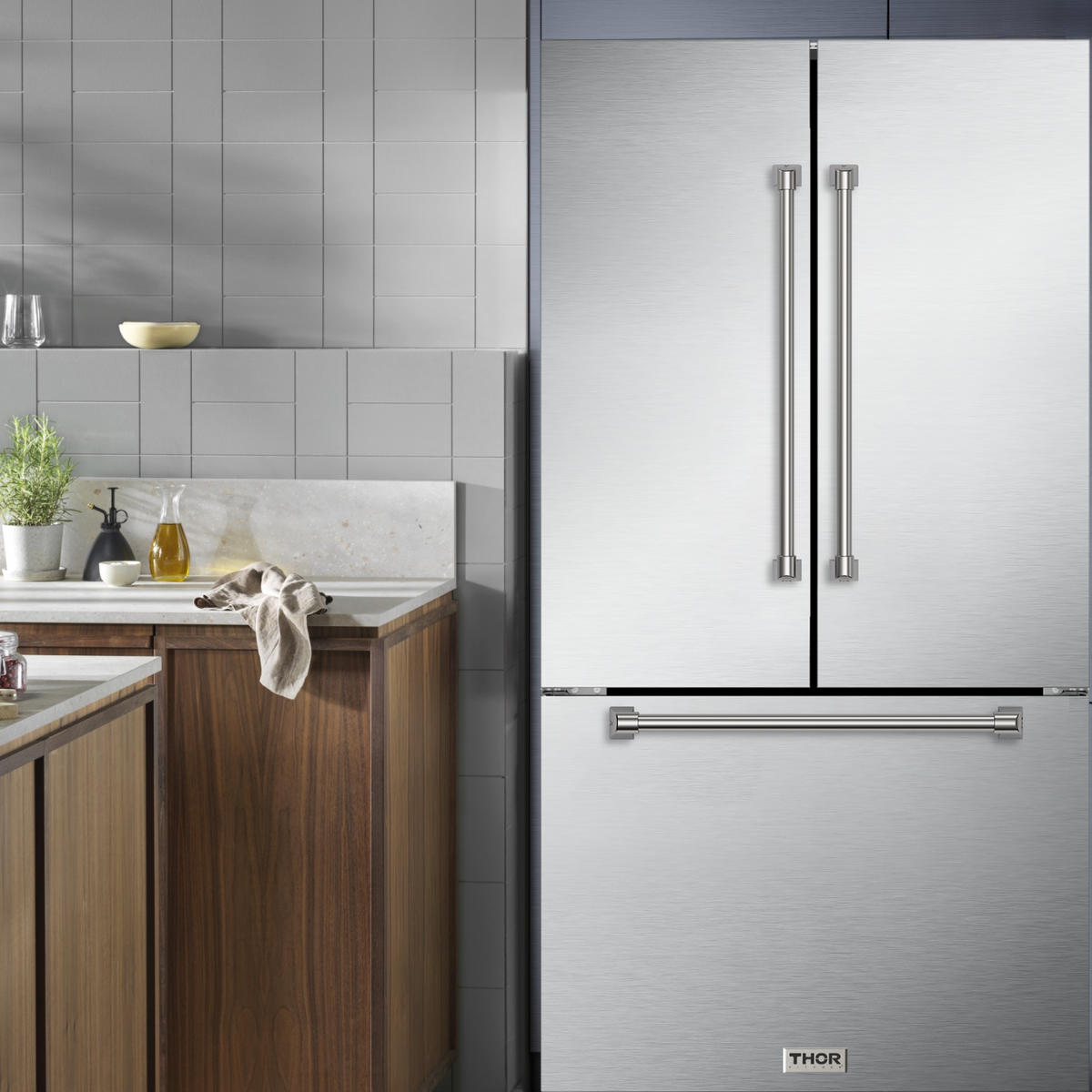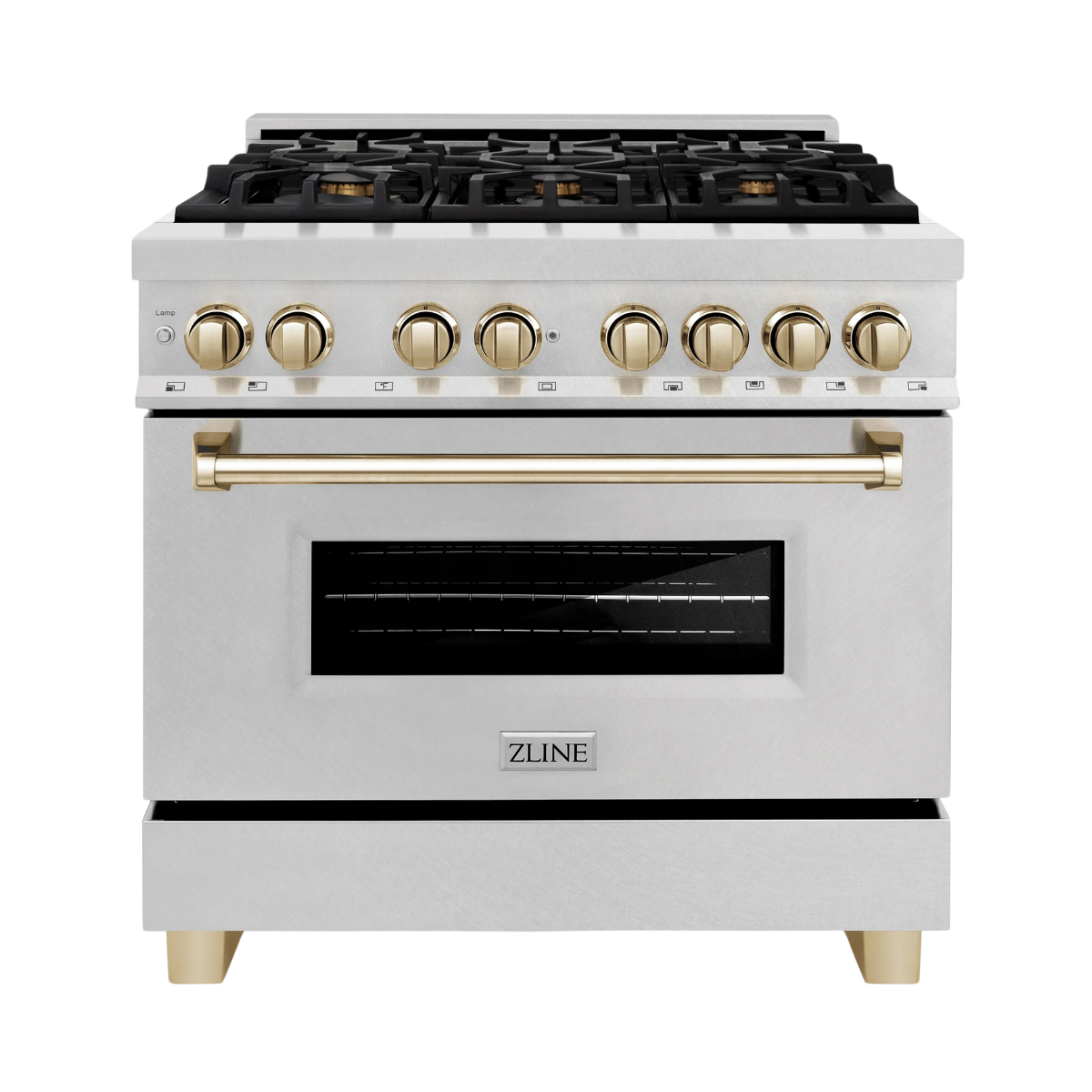Source: Nawin Kitpipatphinyo / Shutterstock.com
Ductless mini split air conditioners are the most convenient and cost-effective way to control your home’s interior climate. Two industry-leading mini split manufacturers are MRCOOL and Mitsubishi Electric. If you’re looking to purchase a mini split for your home and are hesitating between the two brands, understanding the features of each brand’s products is essential to make an informed choice.
Manufacturer Comparison
Mitsubishi Electric, headquartered in Japan, is one of the world’s largest and most well-known air conditioner manufacturers. The company’s first and oldest mini split product line, the Mr Slim ductless AC system, was launched in 1978 and is still available today.
If you’re wondering who makes MRCOOL AC systems, the answer is in the name: the Kentucky-based MRCOOL company designs and produces MRCOOL-branded air conditioners and mini splits. Although MRCOOL mini splits haven’t been on the market as long as Mitsubishi’s offerings, they are produced in state-of-the-art facilities using the latest design and manufacturing processes.

Source: Nawin Kitpipatphinyo / Shutterstock.com
Which Mini Splits Offer the Best Features?
Mini split systems are available in numerous configurations and features. Some of the features each brand offers include:
Shop Our Mini Split SystemsZones and Capacity
Although both Mitsubishi and MRCOOL mini split systems are available as single-zone and multi-zone units, with up to five indoor units for the multi-zone packages, the primary difference between both brands is the total capacity for each system. The capacity of an air conditioning system is measured in British Thermal Units (BTUs). According to the Department of Energy’s estimates, approximately 20 BTUs are needed to cool or heat each square foot of living space.
Most Mitsubishi single-zone mini splits range between 6,000 BTU (for cooling up to 300 sq. ft.) and 36,000 BTU (1,500 sq. ft.), whereas Mitsubishi multi-zone systems range from 2 and 5 zones. MRCOOL single-zone units offer single-zone units ranging between 9,000 BTU (450 sq. ft.) and 36,000 BTU (1,500 sq. ft.), and multi-zone systems with capacities between 18,000 BTU (750 sq. ft.) and 51,000 BTU (2,000 sq. ft.). These ranges show that MRCOOL offers more choices of system capacities and multi-zone packages capable of cooling and heating the largest surfaces.
Cooling and Heating Efficiency Ratings
Both manufacturers offer some of the world’s most efficient indoor air conditioning systems. Many of these products have received an Energy Star certification, indicating their cost-efficiency and ecological value. Although both manufacturers offer high-efficiency mini split systems, not all Mitsubishi mini splits are capable of heating; some are cooling only AC units. However, all MRCOOL units have high-efficiency heat pumps. This means, no matter the capacity or the number of zones, you can count on it to keep your home warm in the winter and cool in the summer.

Source: antoniodiaz / Shutterstock.com
Ease of Use and Installation
Mitsubishi Electric products are relatively easy to use once installed, allowing users to control their home’s climate and access the mini split’s functions from a single multifunction remote.
However, installing their products yourself is not recommended for most users. Mitsubishi recommends against DIY installations and advises customers to hire a licensed HVAC professional, which can significantly increase the cost of equipping your home with a mini split AC.
DIY installation is one of the biggest advantages of choosing MRCOOL for your home air temperature needs. All MRCOOL DIY mini split systems are lightweight, are packaged with pre-charged line sets and come with a comprehensive installation instruction booklet. According to the manufacturer’s instructions, installing a MRCOOL system should require no more than a few hours.
Shop Accessories for Your HVAC SystemHow Much Will It Cost?
When shopping for a new air conditioning system, the driving factor for most customers is typically the package’s total cost. On average, a Mitsubishi mini split system ranges between $2,000 and $5,000 for single-zone units, whereas pricing for multi-zones fall between $7,000 and $12,000. Lower-priced products also tend to be cooling-only models, meaning the heat pumps are usually on the higher end of the scale.
MRCOOL systems are comparatively much more affordable, with costs ranging between just $1,500 and $3,300 for single-zone units and from $6,000 to $9,500 for multi-zones. This makes MRCOOL DIY mini splits the clear winner in terms of average unit costs.
It’s also important to factor in the cost of hiring an HVAC technician to install a ductless mini split unit. On average, basic installation costs can cost anywhere between $2,000-$14,000. This of course varies extensively depending on the type and size of the unit, quality, brand and number of zones. The units SEER operating costs are another factor to consider. Since Mitsubishi systems have a higher SEER rating than MRCOOL systems, they are more expensive.
Find Ideal Home Climate Control Systems at Premium Home Source
At Premium Home Source, we want to help you find the highest-rated home appliances at the best possible prices so you don’t have to choose between value and quality. We are an authorized MRCOOL distributor, a leader in DIY mini split air conditioners, allowing us to offer a complete range of high-efficiency mini split AC and heat systems for your home. Browse our online store today or contact us for more information.






2 comments
Talk To Iconic
Such a very useful blog. Very Interesting to read this blog. I would like to thank you for the efforts you had made for writing this awesome blog. https://talktoiconic.com/
Talk To Iconic
Superb article and valuable information because it’s helpful for me. Thanks for sharing wonderful information. https://talktoiconic.com/